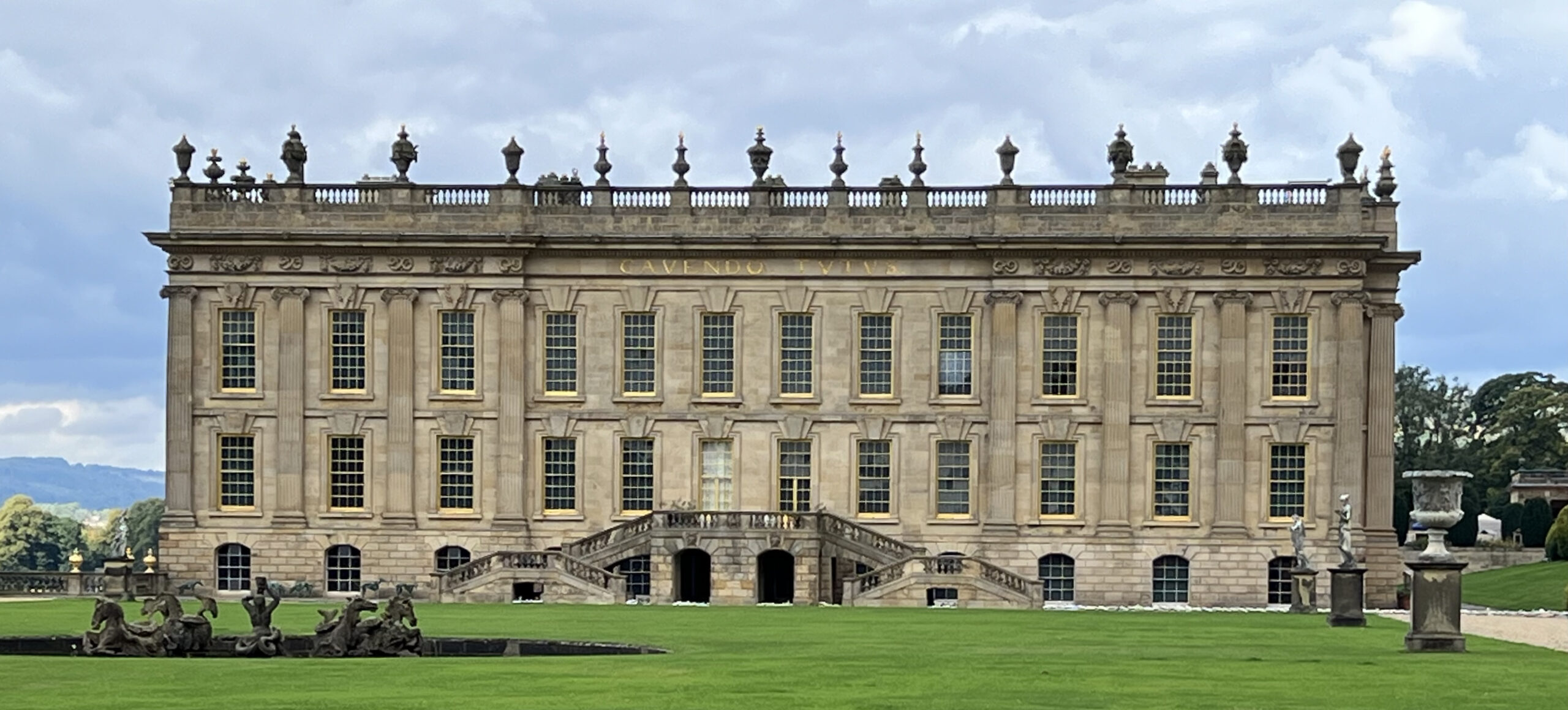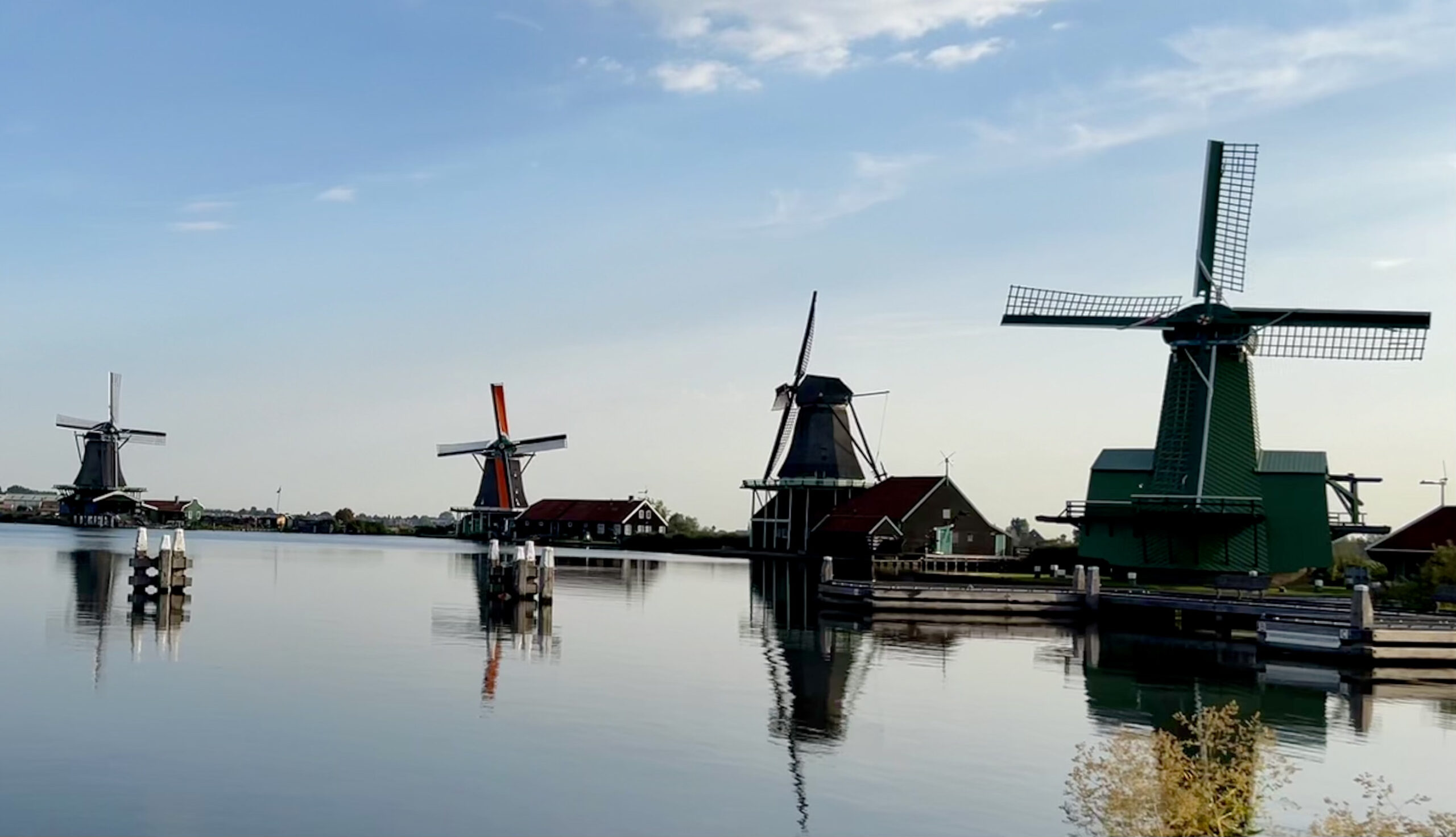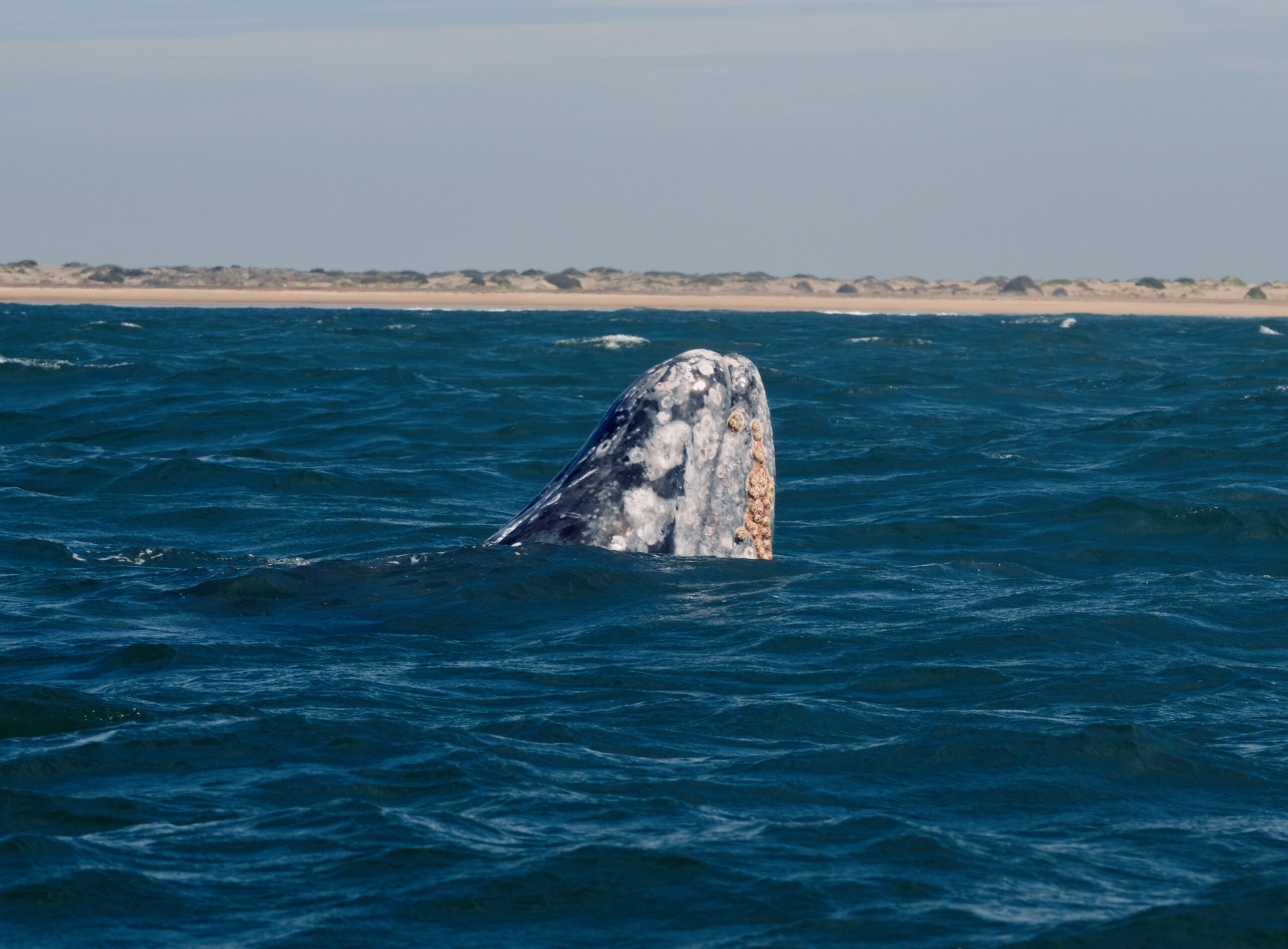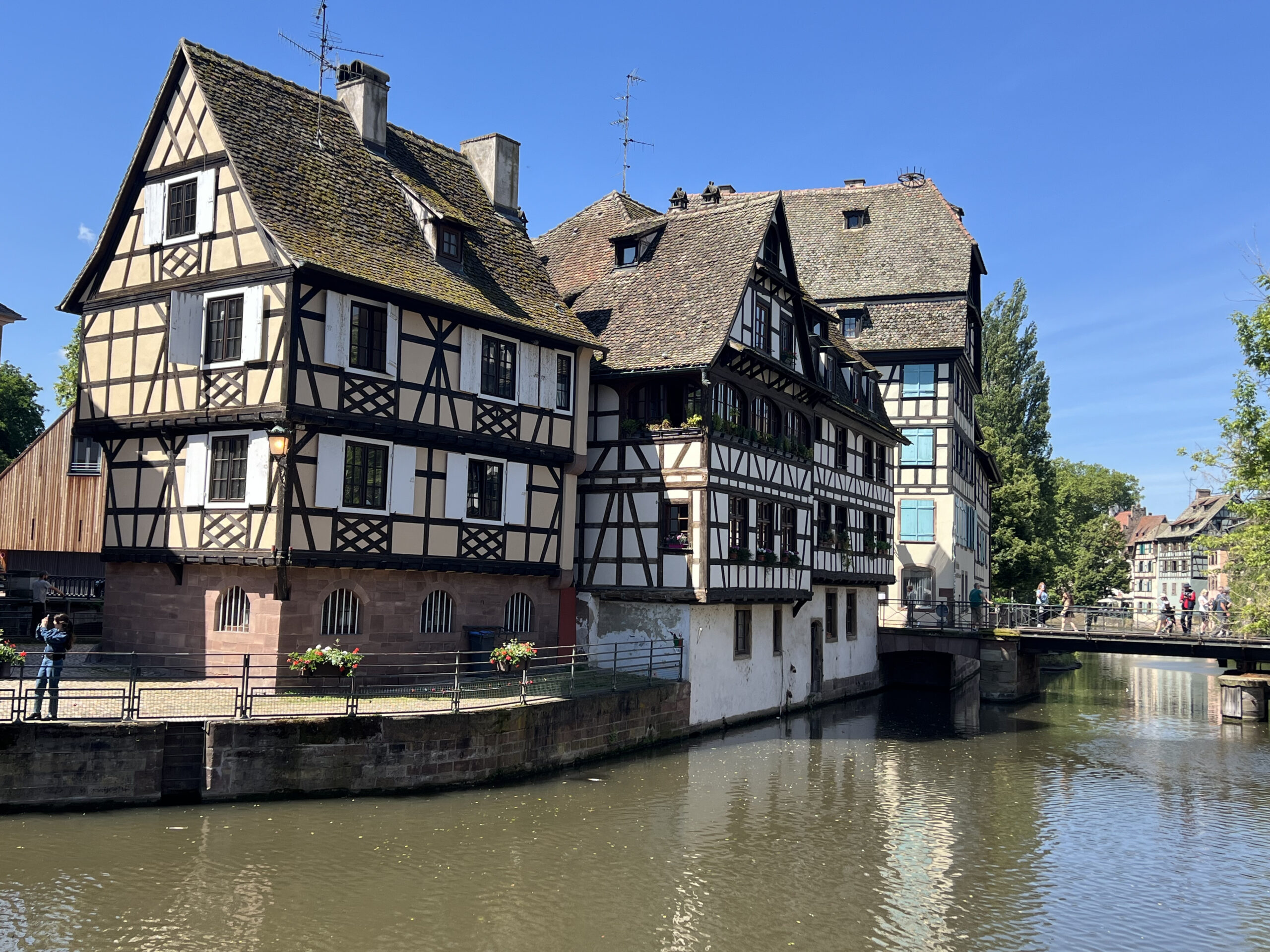History
Chatsworth House is situated close to the market town of Bakewell in Derbyshire England. The Leche family were the original owners of Chatsworth House, in 1549 the estate was purchased by the Cavendish family.
Sir William Cavendish (1505-!557) was Treasurer of the King’s Chamber in the reign of King Henry VIII at the time of the Reformation.
Bess of Hardwick
Cavendish’s young wife Elizabeth (1528-1608) also known as Bess of Hardwick was instrumental in choosing the estate which was close to her childhood home. Bess was responsible for most of the decision making related to the estate. In 1553 Beth began construction near to the River Derwent of a new grand home, around a central courtyard with a gate tower, great hall, and chapel. Today however, little evidence of the Elizabethan Chatsworth exists. Sir William passed away just four years into the project. Bess, continued to manage the project which was completed in the 1560s.
At the time of completion Bess was living with her fourth husband, George Talbot, 6th Earl of Shrewsbury.
During this time the Earl of Shrewsbury was selected by Queen Elizabeth l to be the keeper of Mary, Queen of Scots. Mary had been imprisoned in 1570 after escape into England. Mary was housed at Chatsworth in an apartment currently referred to as the Queen of Scots Room. Bess joined Mary, together they did needlework together and created the Oxburgh Hangings which is housed in Oxburgh House in Norfolk.
Bess passed away in 1608. Although Bess married four times, she only had two children both with Sir William. The Chatsworth Estate passed to her eldest son Henry. However, Henry sold the estate to his younger brother William 1st Earl of Devonshire for £10,000.
The Chatsworth estate remained unchanged until the seventeenth century, when the estate was at theepienter of the English Civil War. Both sides( The Royalist supporters of King Charles l and Parliamentarians) having occupied it. The 3rd Earl of Devonshire (Also William Cavendish) left Chatsworth fleeing to Europe for his safety. He returned after the Civil War to find the house tired and in urgent need of improvements.




